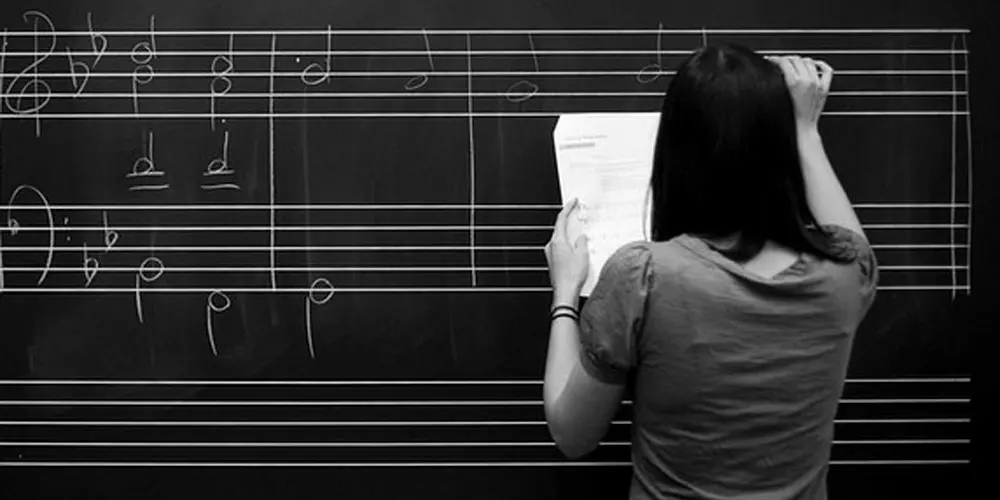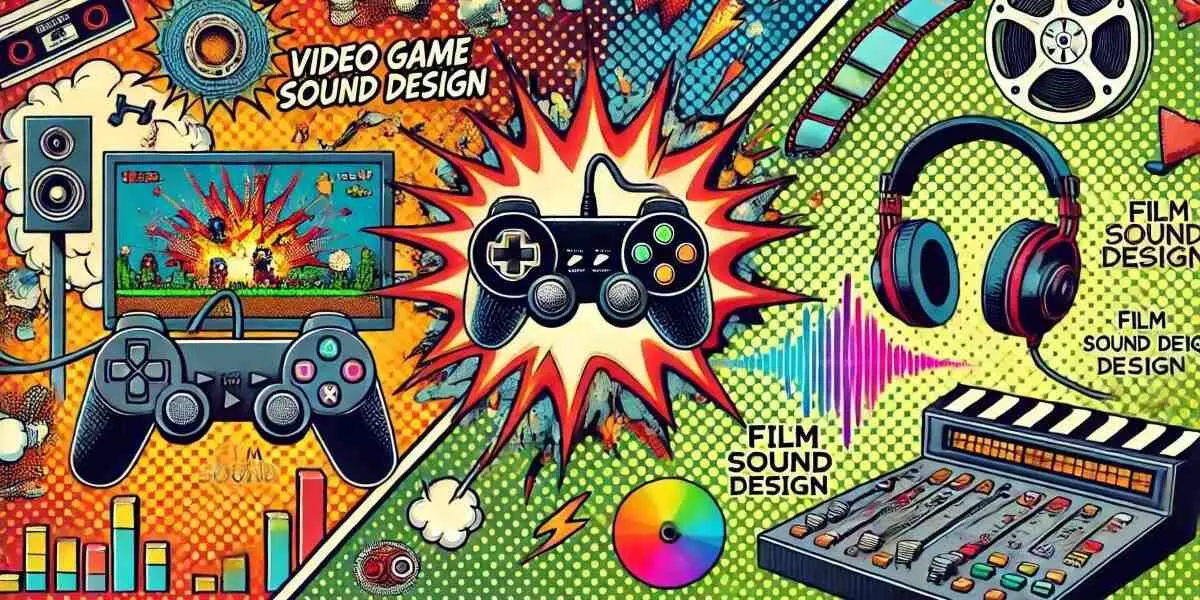Teaching Music to the Blind

I have been a music teacher for over half my life. It is something that runs in my blood; my mother and I teach out of the same studio in Mississauga. I specialize in early childhood music and have formal training through the Music for Young Children program, but have taught people of all ages and abilities throughout my career.
This past year I spent time working with and teaching music to blind children in Thailand. I was living in Pattaya, Thailand (2 hours south of Bangkok) from October 2014 to March 2015, and volunteering with an organization called the Father Ray Foundation. One of the seven projects under this organization was the School for the Blind where I spent many afternoons.
I did not speak Thai, and the students did not speak English. Body language was out for communication purposes, but the obvious answer of how to relate to one another quickly became clear to me: through the language of music!
I rapidly became recognized throughout the school for this. When the children heard my voice they would reach for my hand and regularly cry “piano!” and off we would go in search of one of the many instruments on the premises to jam and explore the world of sound.
It is said that when one of our senses is absent, the others are strengthened as a result. It was this awareness that steered me in the direction of success when working with these young blind students by tailoring my teaching approach to the senses that they do possess.
In the specific circumstance of working with Thai students (who do not speak English), a Thai phrase book definitely came in handy! Phrases such as: “neung, som, sam, see” (1, 2, 3, 4), “sai” (left) and “kwa” (right), “kap-kun” (thank you), and “soo-oy” (beautiful!), to name a few, were very useful.
If you are a music teacher and ever find yourself with an opportunity to teach music to the blind, the following are some tips and tricks that I can recommend for success:
- Repetition in musical instruction and learning is key, regardless of the senses that are being targeted. In the case of working with those without sight, your repetition will be focused on the feel and sound of the music as opposed to what the patterns look like either on the staff or on the instrument in question.
- Touch is most important. The student needs to feel exactly what it is that he or she is to do with any given instrument. In the case of teaching piano, I would isolate each part in the right and left hands, take the student’s respective hand, place it on my own, and demonstrate the passage a number of times until the understanding of the feel was achieved.
- Sound is how the blind often connect with the world. They need to hear what a specific part sounds like before they can mimic it. Physical placement with the instrument is essential when focusing on this. For example, in the case of learning the piano, placing the student on the left side of the piano to listen to bass parts, and the right side of the piano for treble parts, is something that I found helpful.
- Harmony and understanding how independent musical lines correlate to one another will only happen with the understanding of each individual part, as is true with any instrument study. The repetition of one played part by the student, while hearing the other part played simultaneously by a teacher, achieves this. Next is time to reverse the parts, which results in the aural understanding and final important step for the student to successfully play both parts on his or her own. See first point about repetition.
As is true with students in any musical environment, success comes with the desire to develop the practice habits to master the concepts that are presented to them, regardless of visual impairment or not. It is my role as an educator to help steer students in this direction, and to help inspire them to continue learning about music for years to come.
I am very proud of my Thai students, of what we accomplished together, and am thankful for the opportunity to introduce these children to the world of making beautiful music. I learned the skills necessary to relate this artistic form to eager and willing hands, and to explore the world in a new way full of music that they were able to feel and to hear.
Michelle has been studying music since she was 3 years old. She has been an employee at Long & McQuade for 9 years, and currently works part-time at the Toronto store.






